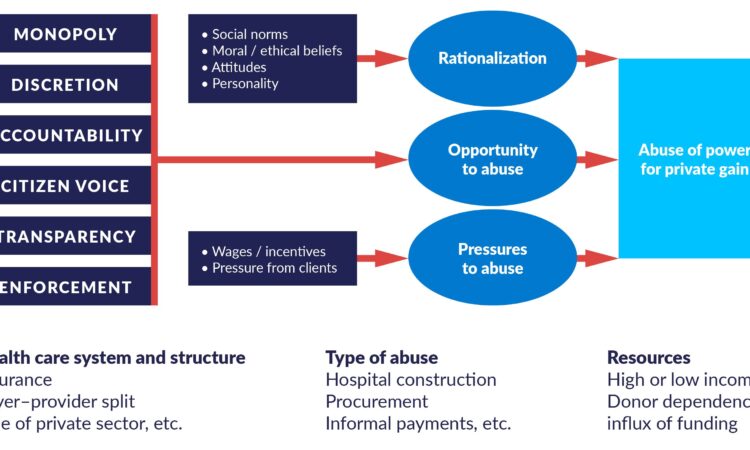
In a new report, the Information and Communications Technology Council (ICTC) asserts that the rapid implementation of information technology in the healthcare sector – such as virtual solutions to connect patients and clinicians – has resulted in aggravated stresses on the human resource sector. On the one hand, hospitals and other organizations are finding it difficult to find and retain skilled IT staff. On the other hand, clinicians who are required to adopt new technologies find it difficult to learn new ways of working while swamped with patient care duties.
According to the study, titled “Digital Transformation: The Next Big Leap in Healthcare”, in May 2021 there were over 60,000 job postings related to health tech jobs in Canada. The top cities for these jobs include Toronto, Montreal, Vancouver, Ottawa, and Calgary.
However, these positions are not being filled or retained for very long. Said one healthcare executive who was interviewed: “I can’t find anybody with any sort of remuneration that I could afford, and I’m also, to a degree, in competition with the private sector when it comes to innovation … We don’t hold on to people for very long – I would prep a [student] candidate for a couple of years and then straight out of university they would go to a private firm where they can make quite a lot more money doing similar things. So that’s a very real challenge, particularly within the innovation space.”
Almost 20 per cent of survey respondents noted lack of capacity as a factor preventing them from adopting health technologies, specifically the need to hire tech support, the amount of effort to implement this technology, and the need to train staff.
Moreover, healthcare organizations that adopt health technologies may risk employee burnout and uneven adoption without proper implementation measures.
Indeed, the Canadian Medical Association’s guide for recognizing burnout lists “changes to work context and care delivery models due to new technology” as one of eight causes of burnout.
For example, in a recent survey examining the impact of electronic health records (EHR) on physician burnout in Canada, 74.5 per cent of respondents reported EHR as partly responsible for their burnout.
These high levels of physician burnout point to a Canada-wide lack of technology implementation capacity. Key informant interviewees report that pandemic-induced staff shortages reduce the already limited time physicians and nurses have to learn new tools and implement new solutions.
“The floor nurses, the management, everyone’s always saying, “I’m so busy. I’m so busy.” The pandemic also causes a lot of people to feel overwhelmed because there are new courses and new things we have to learn, and we don’t have time. It’s upsetting to me, because if we had 100% of the [software’s] capabilities, it would be so useful,” commented one clinician.
Another complained about the added workload of learning new technologies and systems: “It’s not fair because you don’t get a pay raise to obtain that extra skill. You’re constantly being told that you need to do this certificate, you need to do this course, etc., and it’s like, ‘Okay, but how many new things am I doing now that I’m not getting paid for?’”
The difficulties are amplified in rural regions.
In addition to the adoption barriers mentioned above, rural communities face recruitment and retention challenges as well as higher turnover rates.
Indeed, the 18 per cent of Canadians that reside in rural areas are served by only 8 per cent of Canadian physicians. This service shortage makes it difficult to adopt new technologies. When technologies are adopted, lack of support compounds pre-existing labour shortages.
ICTC key informant interviews confirm difficulties finding and retaining talent in rural areas with the right technical skills, which makes it harder to adopt health technologies.
Exploring new approaches to health tech procurement in the public sector that help address absent or misaligned incentives for health technology adoption is essential.
For example, value-based procurement focuses on improving patient outcomes and lowering the total cost of care versus cost-based procurement, which seeks to find the lowest cost version of a specific product or service.
Healthcare stakeholders should explore how to encourage the use of technology to achieve higher value care models. For example, self-monitoring tools, wearables.
“In an urban environment, there’s more capacity because it’s easier to hire people. There is a bigger pool of people to hire from, and there’s usually more IT support agencies or even just informal peer networks where providers can reach out to other provider groups for help and assistance. Whereas in the rural and remote communities, that tends to be more of a challenge.” And “telehealth services can be used by patients and healthcare providers in between appointments to augment routine check-ups,” commented one health technology company executive.
To help mitigate burnout and capacity challenges, respondents suggested a variety of solutions, including consulting with experienced healthcare providers when designing a roll out, increasing upskilling support in the form of super users and dedicated support staff, increasing incentives, and clarifying connections between users and IT staff to facilitate required changes.



